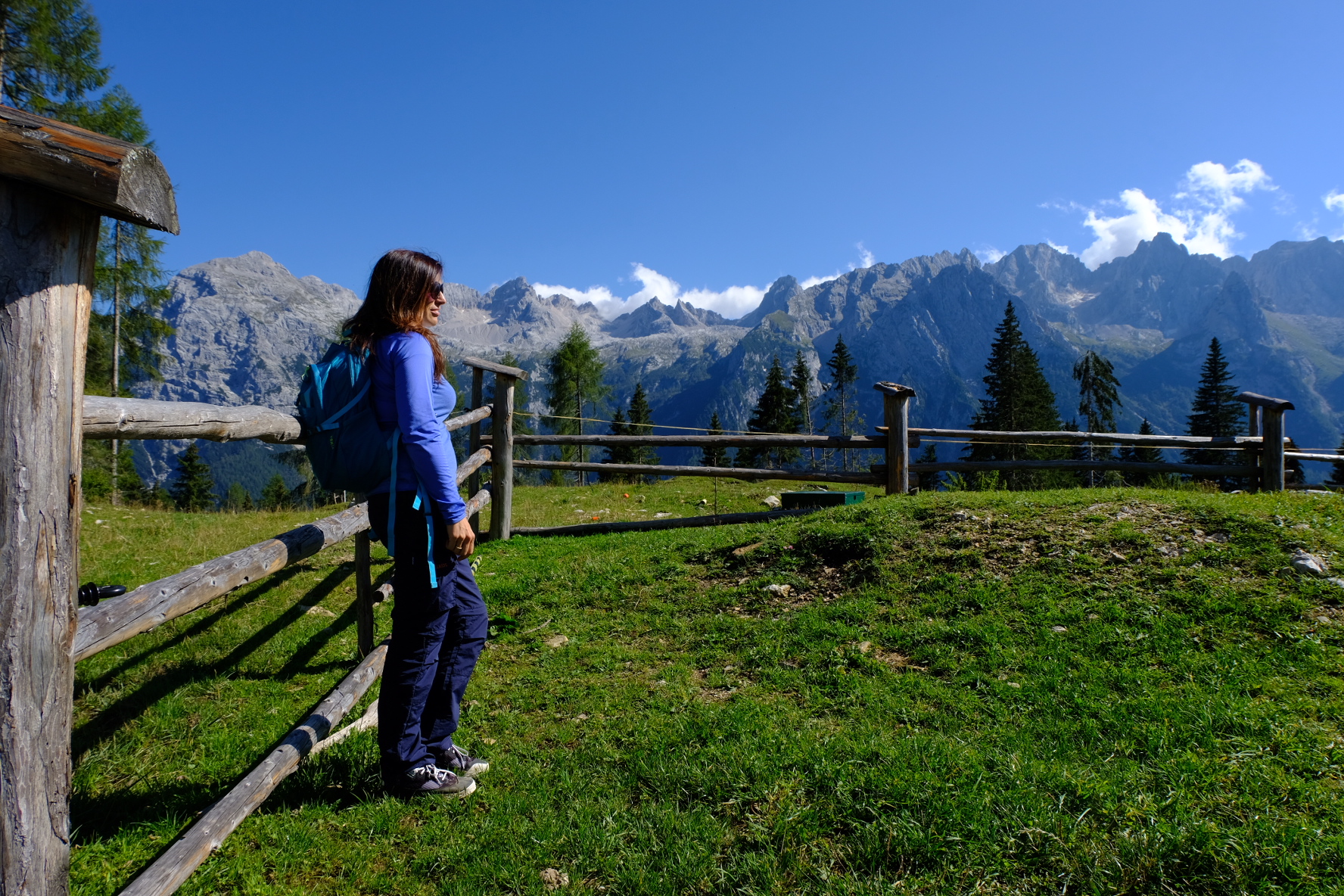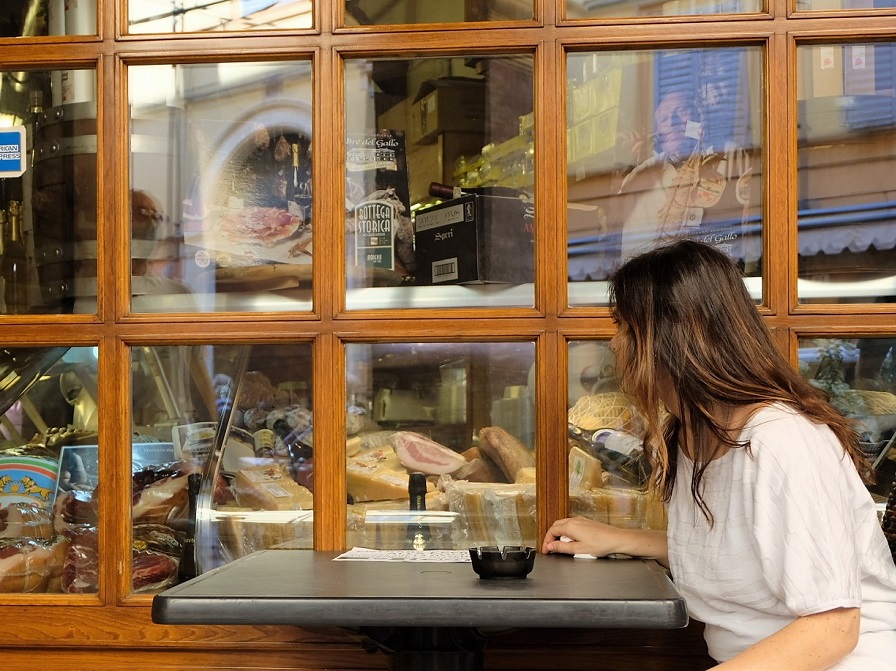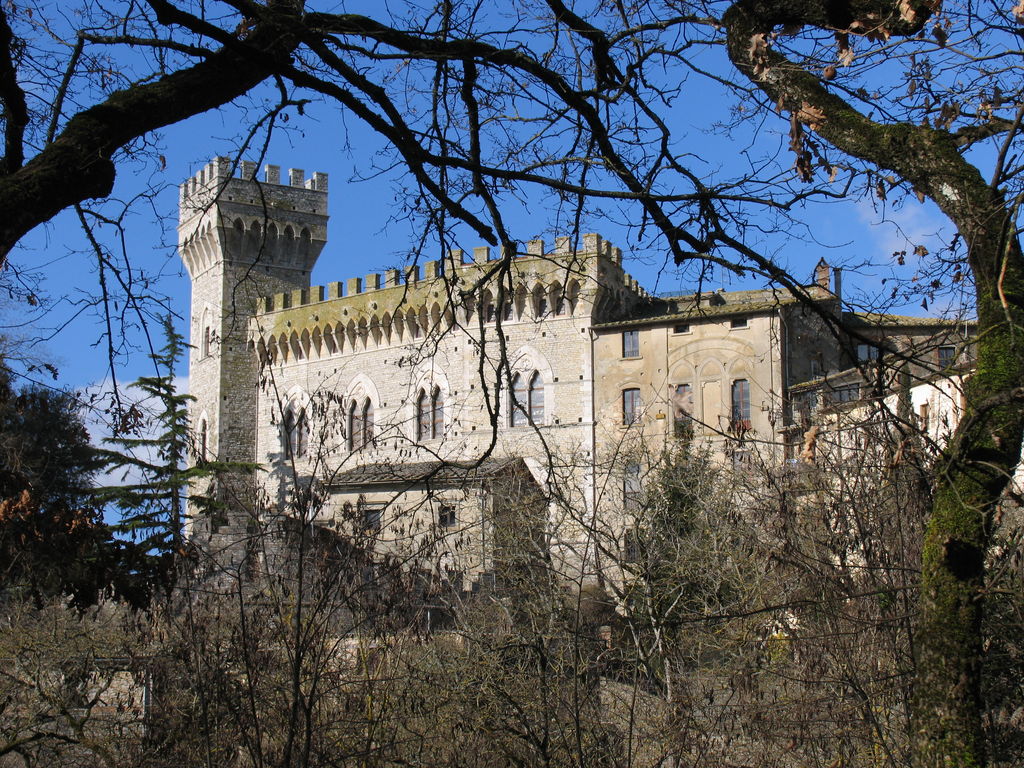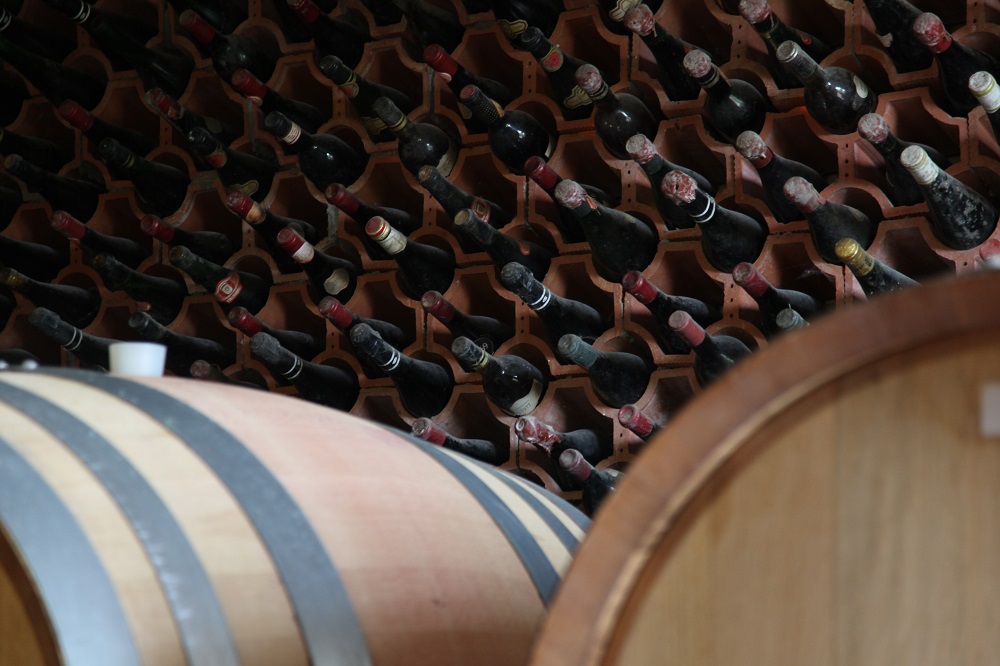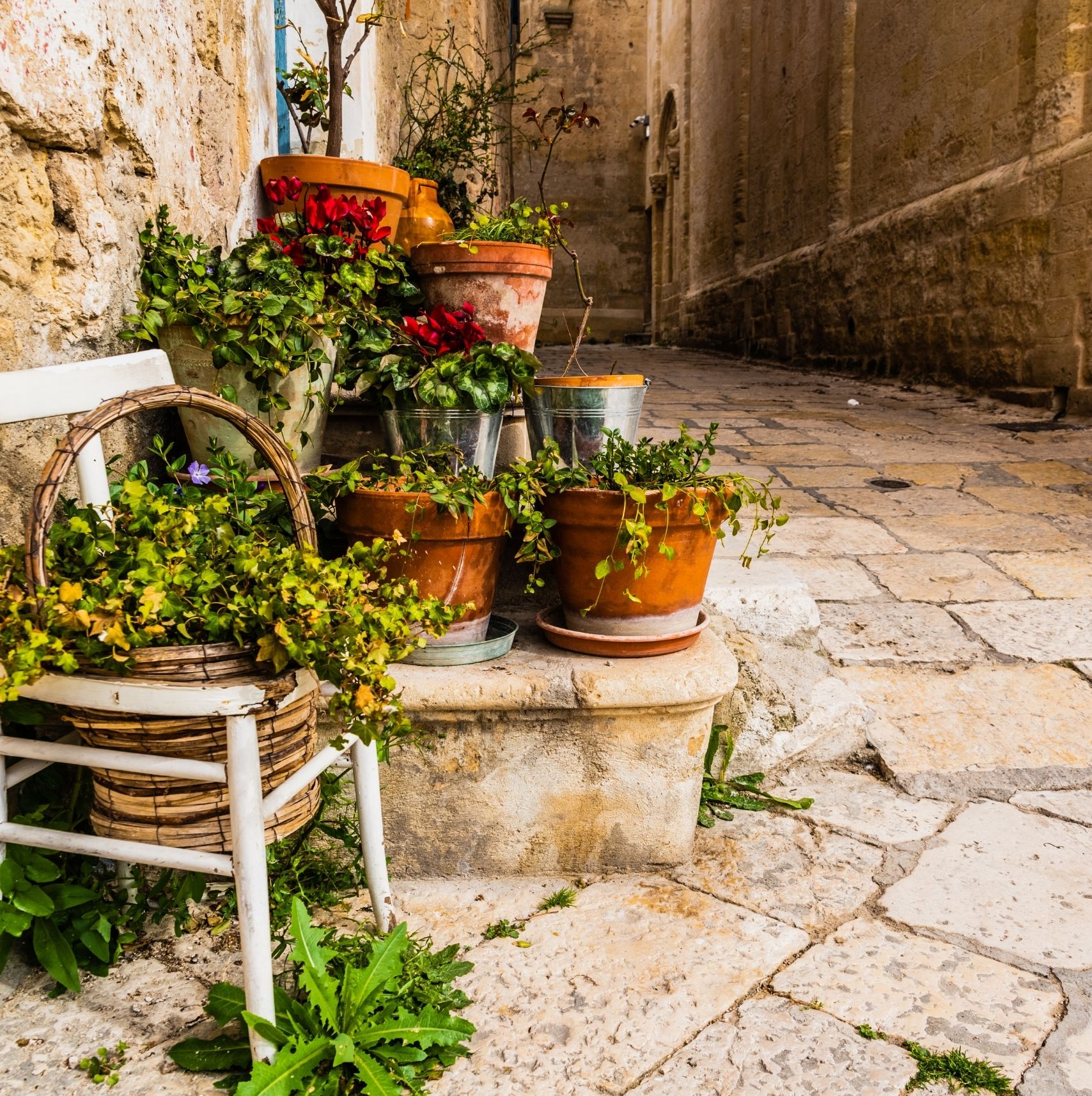
Bari: what to see in one day
One day in Bari, the capital of Puglia I have been to Bari 3 times in my life. The first time, when I was little, it was a dangerous city, a place to fear. My second time everything was changed. Now Bari is pleasant city on the sea. You can smell the scent of sauce in the alleys of Bari Vecchia. You can see mothers looking out from their balconies watching their children playing in the little squares. At the harbor, you can find the fishermen grappling with octopus. Discover Bari with me today, in a walking itinerary dedicated mainly to the beautiful Bari Vecchia with its colorful and noisy streets, churches, restaurants and people. Let us start from the main information: How to get to Bari from Karol Wojtyła airport: TAXI: directly outside the airport there are many cabs available. The distance is about 30 minutes, but of course it depends on where exactly you need to go. Price about 25 euros. Bus: Bus line 16 is the AMTAB company. It connects the airport with Bari central station, and it takes about 45 minutes. There are many stops in between, and the price is 1 euro or 1.50 if you buy your ticket on board. Timetables are honestly not exceptionally reliable, so I do not recommend this solution if you have limited time. Shuttle bus: you can also find the Tempesta shuttle that takes about 30 minutes to get to the central station in Bari. The price is 4 euros per person. Train (known as the Underground Railway Line): an extremely comfortable, cheap, and fast choice that takes you directly to the airport in about 20/30 minutes from the center of Bari. The price is 5 euro. Rental car: there are many rental car companies that you can find directly at the airport to move easily both towards Bari and to explore Puglia region. Where to stay in Bari: The most popular and central area where to stay is undoubtedly the historic center, also known as Bari Vecchia.Staying in this area has both advantages and disadvantages. Certainly, it is an area where you can walk to all the major monuments and churches of the city. There are a lot of restaurants in the area and it is extremely pleasant to walk around in the evening. However, if you have a rental car, this area is not recommended because it is not possible to park and enter many areas, because they are pedestrian or limited traffic areas.No problem, instead, if you reach it with a taxi or a private transfer. Where to eat in Bari: To eat the typical products of Bari I suggest you the Osteria Le Arpie. This is a well-known osteria in Bari Vecchia, close to the Basilica of San Nicola, where you can try traditional dishes of Bari, including orecchiette. The restaurant has both an indoor and an outdoor space, the latter extremely charming. I recommend you book in advance because it is always crowded! For having a Bari’s focaccia, do not miss the Panificio Fiore. Do not be surprised if you find a bit of a queue: it is very famous! ONE DAY ITINERARY IN BARI The narrow streets of Bari Vecchia are noisy, decadent, and crowded, it is easy to get lost and not understand the direction to follow. Start your tour from Piazza del Ferrarese. It is a large, open square (and very sunny in summer) that, together with Piazza Mercantile, represents one of the most popular meeting points of Bari. Here you can find many bars and restaurants. Right in this square the festival in honor of St. Nicholas, the patron saint of Bari, is celebrated. It now time to enter in Bari Vecchia. Dwell on the little things and get lost in its alleys, you will be flooded with life, music, and many scents.Most of the doors of the houses are open, people play cards by the side of the road and children whizz by on bicycles or play soccer. The Basilica of San Nicola is a must-see of your day. Its façade is simple and sober, a symbol of the typical Apulian-Romanesque architecture, while its interior is “massive” without appearing, however, excessively heavy.Once inside you will discover the coexistence of two religions: Christian and Orthodox. After the Basilica of San Nicola cross the narrow alleys and reach the Cathedral of San Sabino of 1034 which boasts a dome 35 meters high.The Cathedral is also a classic example of Apulian-Romanesque, with a facade with severe and harmonious lines, while its interior is bare and divided into three naves. Continue your tour with the historical Norman-Swabian Castle, undisputed symbol of Bari. This imposing fortification was once used to defend the city. The castle consists of angular bastions, several towers, a courtyard, and a stone bridge. Awfully close to the Castello Normanno Svevo, there is via Arcobasso, one of the most famous streets of Bari. It is the charming street of orecchiette pasta! Every day, right here, some ladies from Bari give life to something special, preparing by hand the orecchiette baresi. The ladies work with calm and dedication, sitting at a small wooden table in front of the house.In the background the noise of the TV on, some relatives chatting and children running here and there.This truly kind ladies explain to passers-by how best to cook orecchiette and how to keep them fresh until they get home. If you want to experience the everyday life in Bari, I suggest a walk through the main streets of the city, such as Viale Vittorio Emanuele, Corso Cavour and Via Dante. Along Viale Vittorio Emanuele, among tall palm trees and trendy clubs, you will find the City Hall and the historic Niccolò Piccinni Theater, the oldest theater of Bari. To end your day in Bari, you cannot miss a walk along the Lungomare Nazario Sauro, one of the most beautiful promenades in Italy.The benches facing the sea and the elegant streetlamps make the atmosphere


